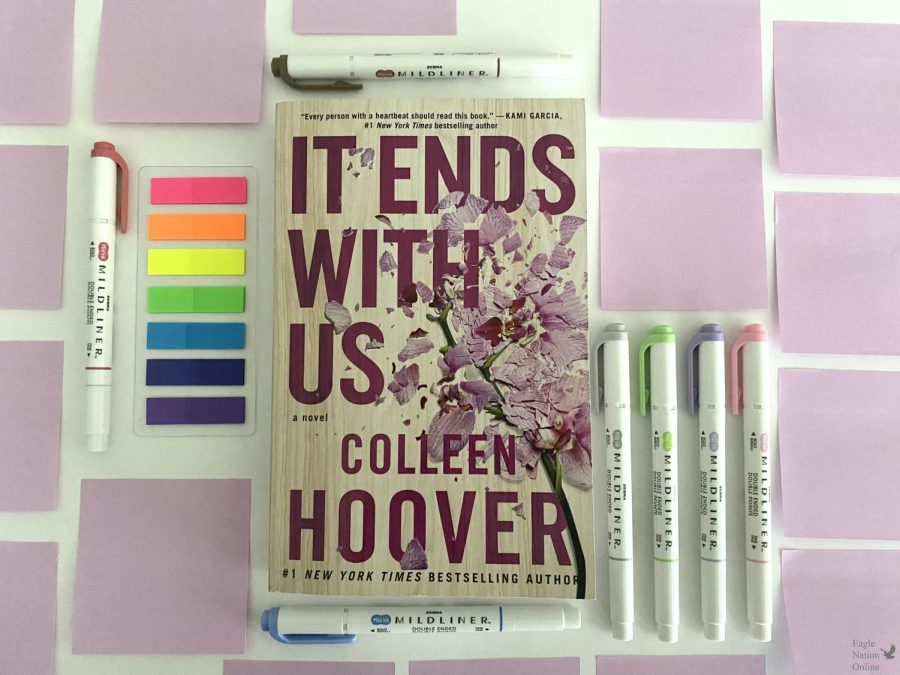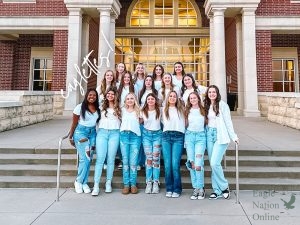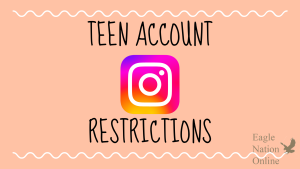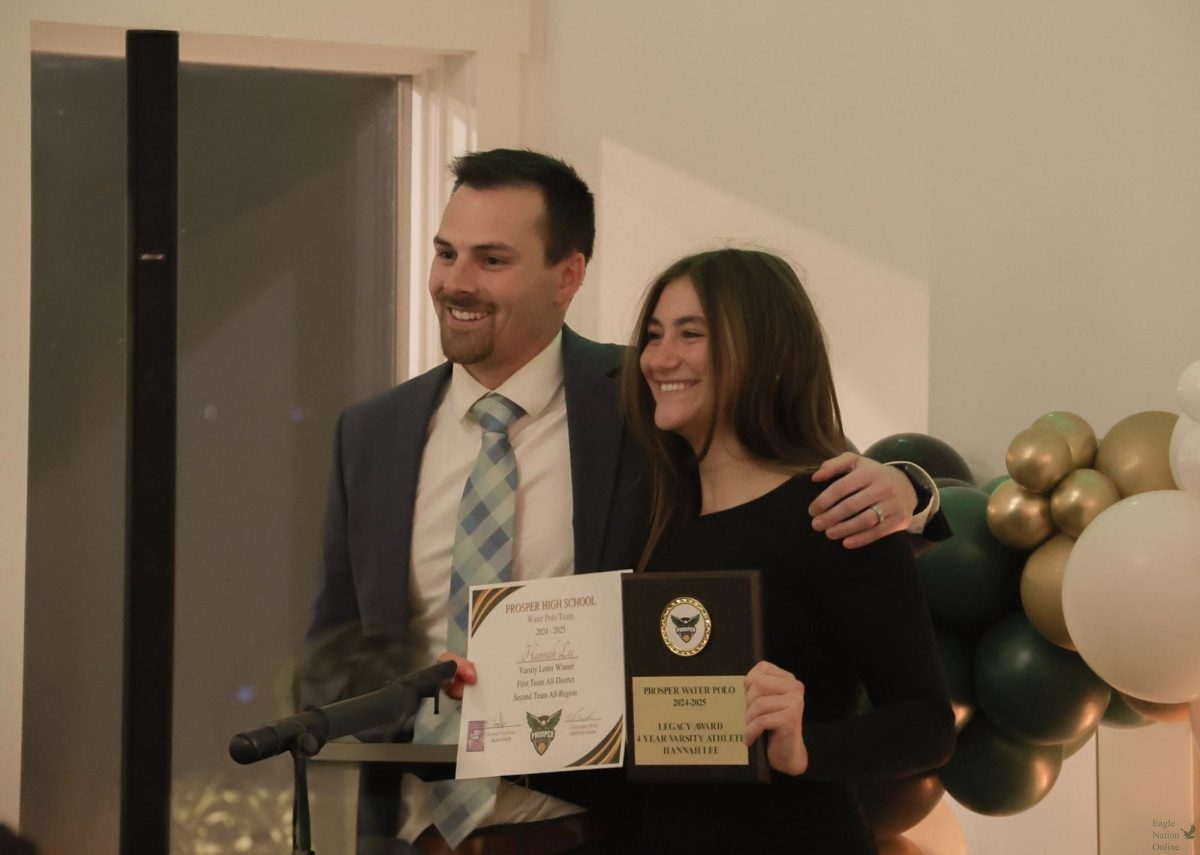Column: Writer shares favorite annotating methods
The book “It Ends With Us,” by Colleen Hoover, sits amidst pens and sticky tabs. These tools represent ways to annotate a book in your own style. “I never liked writing in my books until I learned all the ways to annotate,” senior Maya Contreras said. “Everything is a lot easier to remember.”
September 16, 2022
As an avid reader, I am constantly forgetting scenes in the books I read. For this reason, I’ve found annotating is one way I can enjoy what I’ve read, and remember it as well.
Book annotating allows a reader to fully emerge in a book. You can keep track of all characters and mark moments that have stuck with you. Annotating offers a great way to reflect back on the story you have read after finishing a book.
Margins
If you don’t mind writing in your book, the margins can be a great way to store your thoughts. To keep a more organized writing flow, readers can use different colors that correlate with different topics. The reader can also create a key with symbols that correspond with feelings, quotes, imagery, twists, etc. for a more structured annotation session. As well, you can always have a notebook on the side to store thoughts that are longer than the margins.
Highlighting
Writing is not the only way to remember your book. Highlighting your favorite lines or quotes that made you laugh can help you keep track of the moments that you enjoyed the most. Corresponding certain topics to different colors is the best place to start. There is no right or wrong way to decide on color placement, so you can use what colors you feel correspond to each topic.
You can also combine highlighting and writing in the margins by circling or underlining the text.
Sticky Notes
If you are not a fan of writing or highlighting your book, sticky notes are a great alternative. You can keep all of your thoughts in one place without the stress of ripping the pages or making a spelling mistake. Sticky notes can also be coordinated visually through matching colors to a book’s aesthetic or to specific visual topics.
This is a great alternative if you are borrowing a book from a library or friend.
Tabs
Writing can be a lot when reading a book, and sometimes you just want to remember what you’ve read without writing it all down and crowding the page. Using colorful tabs that correspond to a different topic is a great way to do so. These smaller tabs can help minimize the mount of space that annotating take away from a book.
Sketches
Colorful tabs and writing is great but these tools can be a struggle for visual learners that are not fans of writing. Sketching small drawings on the margins of the book can help visual learners remember some of their favorite memories. Sketches can be figures or symbols of a range of topics that help you remember the book. If you like to create sketches that are bigger than the margins, you can keep a journal or notebook for your sketches of content from each book.
Online methods
Many readers prefer reading books on the Internet. You can also highlight and write or you can keep a separate online document dedicated to storing your favorite quotes and moments from every book.
These are just some of the many ways to annotate a book. Multiple methods listed can be mixed together to create your own unique type of annotating.



















